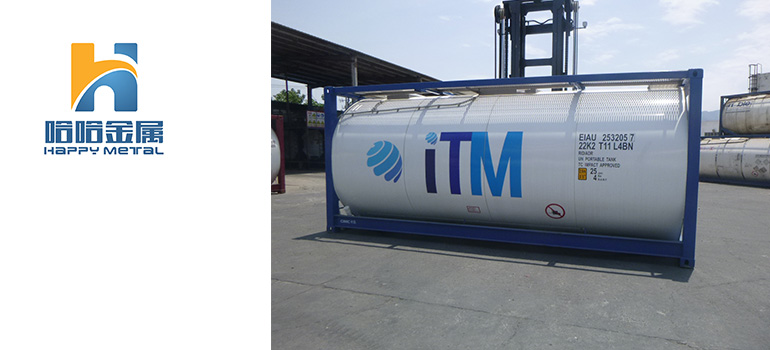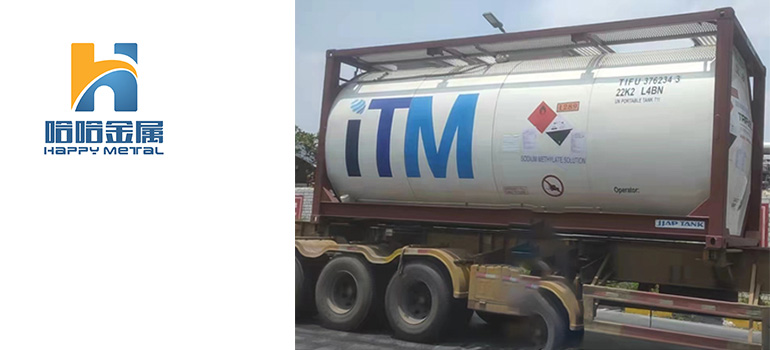Summary:
Sodium Methylate Solution Properties Unveiled: Everything You Need to Know
What is Sodium Methylate Solution?
Chemical Composition and Structure of Sodium Methylate Solution
Applications of Sodium Methylate Solution in Industry
Safety and Handling Guidelines for Sodium Methylate Solution
Sodium methylate solution, a versatile chemical compound, plays a crucial role in various industrial processes due to its unique properties and applications. Understanding its composition and behavior is essential for professionals across different sectors, from chemical engineering to environmental science.
What is Sodium Methylate Solution?
Sodium methylate solution consists of sodium methoxide dissolved in methanol. This compound is notable for its strong base properties and is commonly used as a catalyst in biodiesel production, pharmaceutical manufacturing, and various organic synthesis reactions. Its ability to initiate chemical reactions and promote esterification makes it indispensable in industrial chemistry.
Importance of Understanding Sodium Methylate Solution Properties
In the realm of industrial chemistry, comprehending the properties of sodium methylate solution is crucial for optimizing production processes and ensuring product quality. Engineers and chemists rely on its predictable reactivity and solubility characteristics to design efficient manufacturing protocols. Moreover, its environmental impact and safety considerations underscore the need for informed handling and disposal practices.
By exploring the intricacies of sodium methylate solution properties, we can uncover insights that not only enhance operational efficiency but also contribute to sustainable practices within the chemical industry.
Chemical Composition and Structure of Sodium Methylate Solution
Sodium methylate solution is composed of sodium methoxide (NaOCH3) dissolved in methanol (CH3OH). This chemical compound is known for its unique molecular structure and properties that make it valuable in various industrial applications.
Molecular Composition of Sodium Methylate Solution
Sodium methylate (NaOCH3) is an alkoxide compound where a sodium ion (Na+) is bonded to a methoxide ion (OCH3-). The methoxide ion consists of a methyl group (CH3-) attached to an oxygen atom (-O-), which forms a highly reactive base when dissolved in methanol. This structure gives sodium methylate its characteristic reactivity and ability to catalyze numerous chemical reactions, particularly in organic synthesis and biodiesel production.
Physical Properties of Sodium Methylate Solution
Physically, sodium methylate solution appears as a clear, colorless liquid with a strong odor. It is highly soluble in polar solvents like methanol and ethanol, which facilitates its use as a catalyst and reactant in various chemical processes. The concentration of sodium methylate in solution can vary depending on its intended application, with typical concentrations ranging from 10% to 30% by weight.
Reactivity and Stability
Sodium methylate is a potent base with strong nucleophilic properties due to the presence of the methoxide ion. It readily reacts with acids, alcohols, and esters, initiating transesterification reactions crucial for biodiesel production. Despite its reactivity, sodium methylate solution requires careful handling and storage to prevent decomposition and ensure stability. Proper storage conditions include keeping it away from moisture and air to maintain its effectiveness as a catalyst.
Understanding the chemical composition and structure of sodium methylate solution is essential for harnessing its catalytic capabilities effectively in industrial applications. By optimizing its use, researchers and engineers can advance sustainable practices in chemical synthesis and enhance product quality across various sectors.
Applications of Sodium Methylate Solution in Industry

Sodium methylate solution, with its versatile properties, finds extensive use across diverse industrial sectors, where its catalytic and chemical properties play a crucial role in various processes.
Industrial Uses
Sodium methylate is primarily employed as a catalyst in the production of biodiesel. It facilitates the transesterification process, where vegetable oils or animal fats react with methanol to produce biodiesel and glycerol. This application supports the global push towards renewable energy sources and reduces dependence on fossil fuels.
Pharmaceutical Manufacturing
In pharmaceutical manufacturing, sodium methylate serves as a base in the synthesis of pharmaceutical intermediates and active pharmaceutical ingredients (APIs). Its strong alkalinity and reactivity enable efficient chemical transformations necessary for drug synthesis, contributing to the development of new medicines and therapies.
Organic Synthesis Reactions
Sodium methylate is widely utilized in organic synthesis reactions, including the production of methyl esters and other organic compounds. Its ability to initiate nucleophilic substitutions and transesterification reactions makes it valuable in creating a wide range of chemical products, from surfactants to specialty chemicals used in various industries.
Environmental Impact
While sodium methylate solution supports industrial processes, its use necessitates careful consideration of environmental impact. The production of biodiesel with sodium methylate contributes to reducing greenhouse gas emissions compared to traditional diesel fuels. However, proper disposal and handling procedures are essential to prevent environmental contamination and ensure safe industrial practices.
Economic Significance
Economically, sodium methylate solution plays a significant role in enhancing production efficiency and reducing manufacturing costs in industries such as biodiesel production and pharmaceuticals. Its catalytic properties enable faster reaction times and higher yields, contributing to cost-effective manufacturing processes.
Understanding these diverse applications underscores the importance of sodium methylate solution in advancing sustainable industrial practices and innovation across various sectors. By leveraging its unique properties responsibly, industries can continue to benefit from its catalytic capabilities while minimizing environmental impact.
Safety and Handling Guidelines for Sodium Methylate Solution
Sodium methylate solution, due to its strong alkalinity and reactive nature, requires careful handling and adherence to safety protocols to ensure the well-being of personnel and prevent environmental hazards.
Safety Precautions
Personal Protective Equipment (PPE):Wear appropriate PPE, including chemical-resistant gloves, safety goggles, and a lab coat or protective clothing, when handling sodium methylate solution.
Ventilation:Work in a well-ventilated area or use fume hoods to minimize exposure to vapors and ensure adequate air circulation.
Avoid Contact:Avoid direct skin contact and inhalation of vapors. In case of contact, immediately rinse affected areas with plenty of water and seek medical attention if irritation persists.
Storage Conditions
Container Compatibility:Store sodium methylate solution in containers made of materials compatible with strong bases, such as glass or chemically resistant plastics.
Cool, Dry Place:Store containers in a cool, dry place away from direct sunlight and moisture to prevent degradation and ensure stability.
Handling Procedures
Mixing and Dilution:When diluting or mixing sodium methylate solution, always add it slowly to the solvent (typically methanol) while stirring to prevent splashes and minimize heat generation.
Spill Cleanup:In case of spills, contain the area immediately using absorbent materials like sand or vermiculite. Neutralize spills with a weak acid (e.g., vinegar) and carefully clean up the area following established hazardous waste disposal procedures.
Disposal Considerations
Waste Disposal:Dispose of sodium methylate solution and contaminated materials in accordance with local regulations and guidelines for hazardous waste disposal. Avoid disposal down drains or into the environment.
Emergency Procedures
Emergency Response:Familiarize personnel with emergency response procedures, including how to handle spills, provide first aid for exposure, and contact appropriate authorities for assistance.
By strictly following these safety and handling guidelines, organizations can mitigate risks associated with sodium methylate solution and ensure a safe working environment for personnel involved in its handling and use. Regular training and awareness among employees are crucial to maintaining compliance with safety standards and preventing accidents or incidents.




